Like many other industries, the art world is driven by creativity, innovation, and technology. With that in mind, let us look at three of the most important trends in art in relationship to business.
Marketing With a Twist
There are several ways to market a product or service. First, you can hire an athlete, celebrity, or other prominent individual and feature them in a print ad, television commercial, or giant billboard inside a train station or airport. Second, you can create a social media marketing campaign that includes promotional content on one or several platforms like Facebook, Twitter, Instagram, and more recently, TikTok. Finally, you can use a more traditional means like radio where DJs and other personalities speak about a certain product or recommend a place to visit.
Regardless of the case, the key is to communicate with potential and existing customers in a way that relates to them. In simple terms, whatever you put out to the public must be efficient, content-driven, high quality, and fun.
But how does one do this? How can enterprises reach out to a mass audience in a unique, unforgettable way? While there are different ways to answer these and other questions, in the 21st century, it starts with exceptional video content. Today, many of the biggest retail companies in the world, and even numerous smaller ones, are working hand-in-hand with top-notch video animation firms to develop promotional content that is artistic, visually stunning, and uses powerful storytelling to simplify complicated concepts, boost conversion rates, and drive user engagement.
One With the Times

When was the last time you went to a museum? How about an art gallery, a classical music repository, or a concert hall? For those of us not interested in the finer, more cultural things in life, the answer is probably a very long time ago. But even for enthusiasts and aficionados, it might have been a while since the last time they stepped through the doors of the Louvre, the Metropolitan, or the British Museum of Fine Arts.
If you are thinking about why this is true for the latter, the answer is simple: the covid-19 global pandemic. In the past year and a half, this ever-evolving virus has wreaked havoc all over the world, creating devastation wherever it goes. Because of this, all industries in all areas have been hit hard by necessary social distancing and isolation measures, but most especially those involved in the provision of non-essential services like personal cultural development. After all, taking a few minutes to see, analyze, and be mesmerized by one of da Vinci’s, Van Gogh’s, or Michelangelo’s masterpieces is not indispensable to human survival.
Luckily, several museums and other “businesses” involved in the arts have evolved with the times and continue to use technology to their advantage. Among other things, this includes virtual and augmented reality tours where, for a small fee, users can still enjoy strolling through the halls of their favorite galleries in the safety and convenience of their own homes.
An All-Inclusive Proposition
When it comes to aptitude, potential, and talent, the theory suggests two particular kinds of people: left-brained and right-brained. For the former, they usually excel in mathematics, science, logic, and linear processes of thinking. On the other hand, their right-brained counterparts are more akin to having an artistic gene, one often linked with the ability to draw, play a musical instrument, or write. In very few cases is an individual good at everything.
While there are thousands, maybe millions of true artists globally, the vast majority of them go undiscovered. Many times, this is not because of a lack of talent or creativity. Instead, it is due to not knowing the many intricacies involved in the business side of art. They don’t know how to find an agent, work with a museum curator, promote their works, and basically navigate through a corporate component that is just as important, many times even more so, than being able to create something great.
Once again, technology has changed all that. In this day and age, if you have talent, all you need is a YouTube channel or an Instagram account where you can post your work, engage in two-way communication with the biggest players in the industry, and make money.
Three key trends in art pertaining to business are cutting-edge marketing strategies, the use of technology for art-related organizations, and an all-inclusive medium for artists to promote their work and make a living. As technology continues to develop and people’s expectations grow higher, their influence in the industry will only grow in the years to come.



